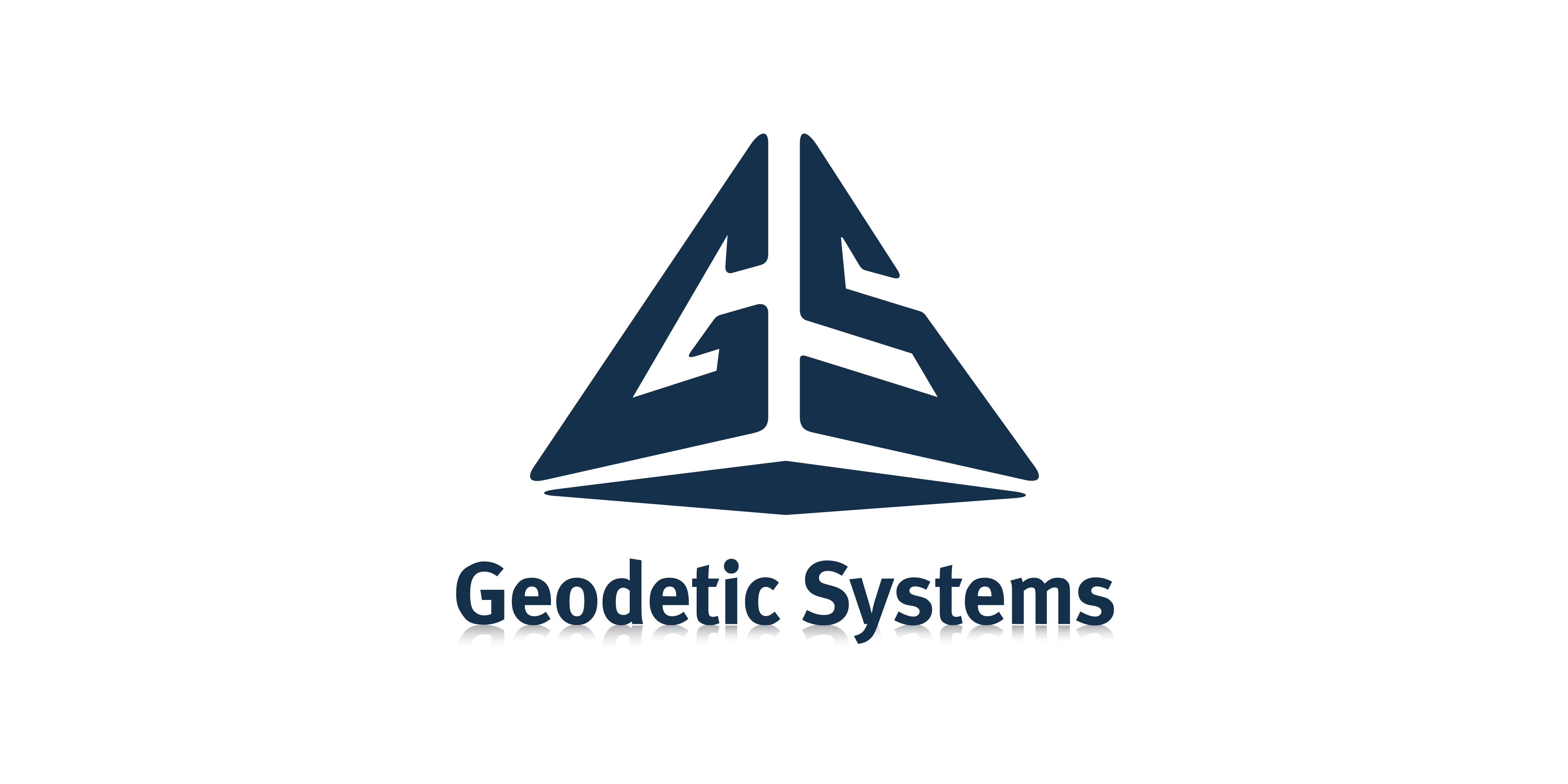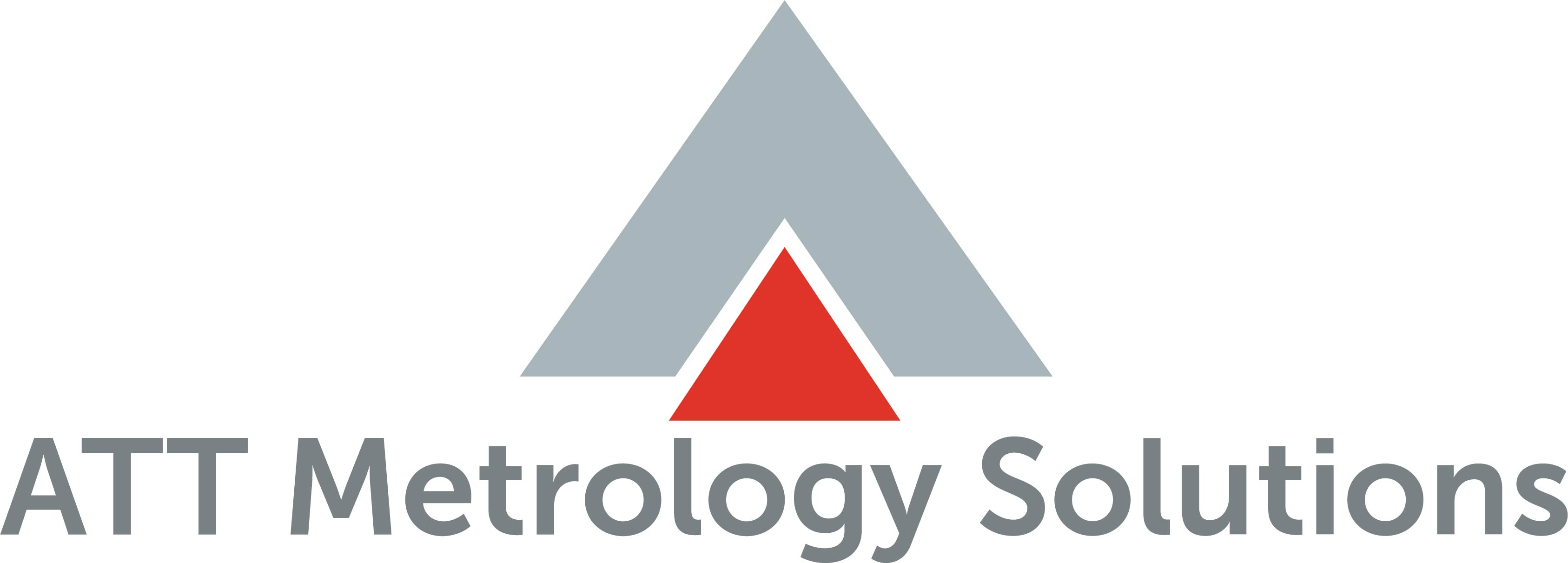|
Download Members: $0.00 Non‑Members: $75.00 |
Buy Now |
Publication Details
| Published Date: | |
|---|---|
| Authors: | David H. Parker |
| Download Format: |
Abstract
The idea of “digital twins” is relatively new–although it will be argued that the coordinate metrology community has in fact been using the concepts of “digital twins” for many years. The term was first introduced by Michael Grieves, in the context of product lifecycle management (PLM), at a Society of Manufacturing Engineers conference in Troy Michigan in 2002. A review of the literature shows there has historically been little agreement on the definition of digital twins or nomenclature used to describe them–however the Digital Twin Consortium was launched in 2020 by member companies to focus on technology and terminology to drive adoption of digital twins. There does seem to be agreement that, at a minimum, there is a connection between a physical device and a virtual model of the device, and the connection requires real-time data derived from sensors processed by automated software. However, there seems to be little discussion in the literature about the parameters in the model and how to determine the optimum sensor architecture to measure the parameters–and almost nothing about the uncertainty analysis. While digital twins are an active field of academic research, a US patent search shows that practical applications have been slow in developing, with the first two applications being filed in 2015. A review of the US patent literature is presented, with an emphasis on applications that could possibly benefit from expertise of the CMSC community.





